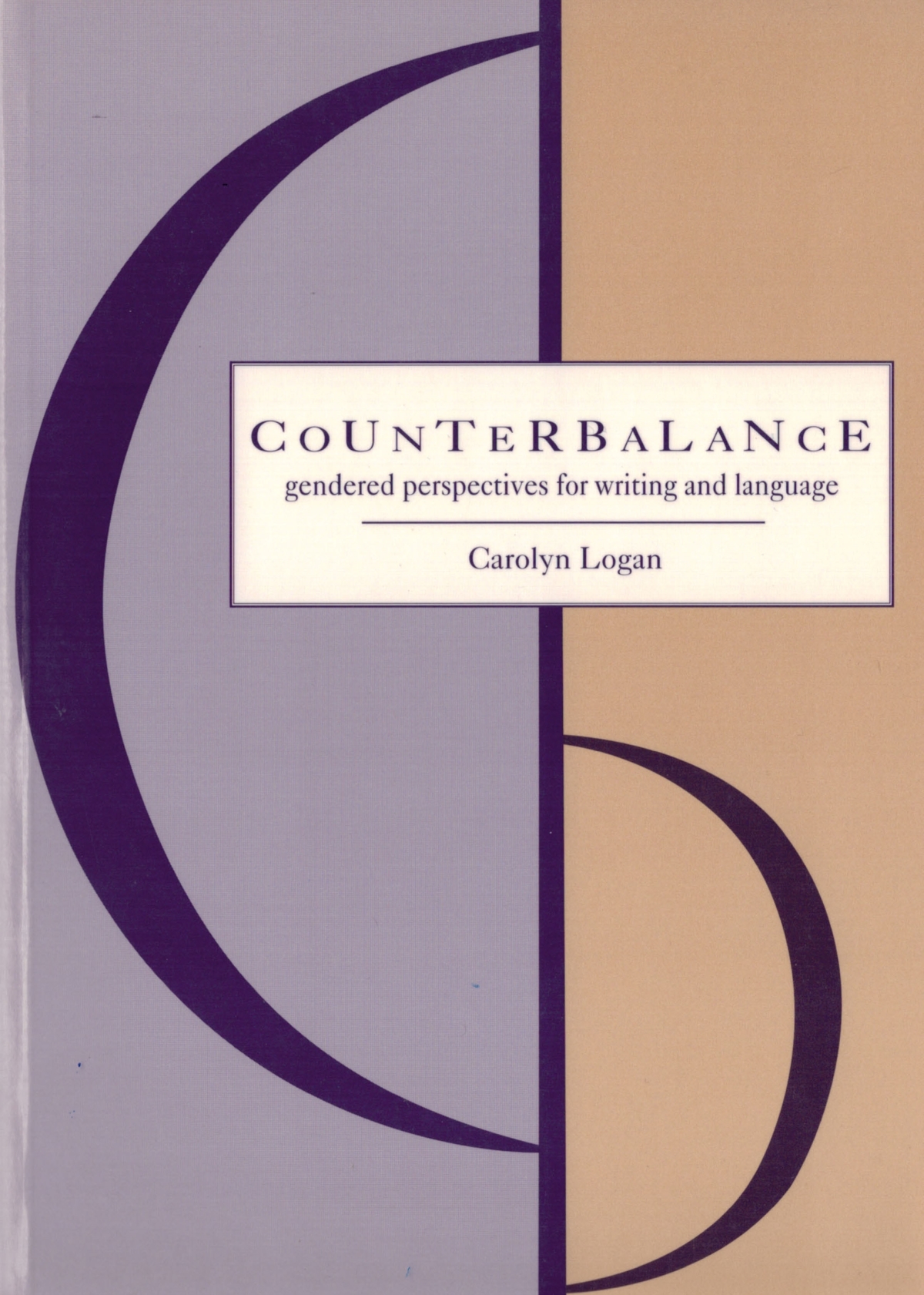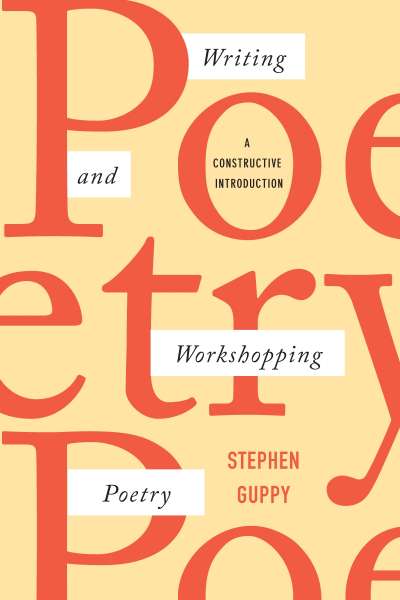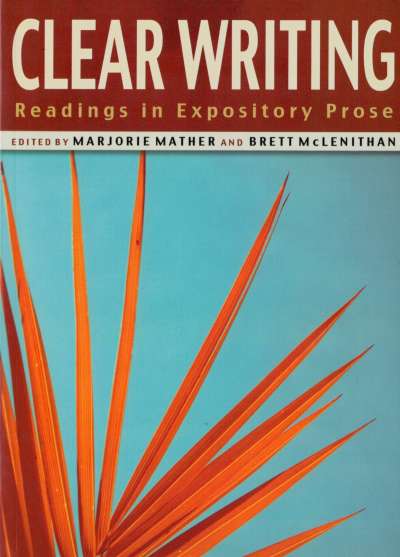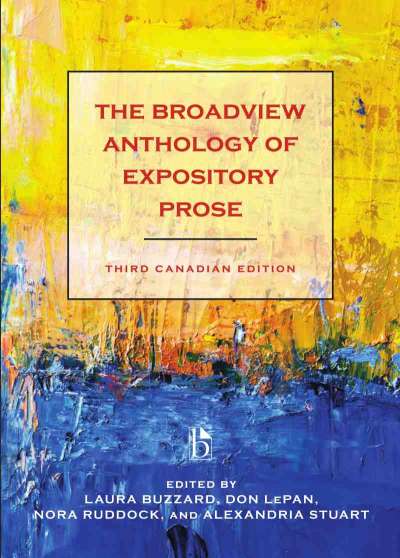Like other composition readers, Counterbalance has as its primary purpose to improve thinking, reading and writing skills, recognizing throughout the degree to which these are inextricably interlinked. Where Counterbalance differs from almost all other composition readers is in the prominence it gives to writing by women. More and more of the writers in modern Western society are women and women now comprise a substantial majority of the students in many undergraduate courses. Yet most texts are eighty per cent or more comprised of writing by men. As its title suggests, this book acts as a counterbalance; over three-quarters of the essays are by women.
The feminist stance of Counterbalance is unequivocal; an important aim of this text is to encourage students to question assumptions about gender. But for those to whom the word ‘feminist’ engenders immediate unease, it should be emphasised that the stance of the text is provocative and open-minded rather than strident or exclusionary; Audre Lorde and bell hooks are here, but so is George Orwell.
The text is also designed as a counterbalance in other respects; many of the essays here explore issues of race, culture and class. Notions of correctness and issues of free speech and responsibility are also treated. As a whole the book is thus an invigorating and enormously wide-ranging spur to thought and discussion. Yet it avoids the scatter-gun approach so common to first-year collections; Counterbalance retains throughout a focus on language—perhaps the one area that all students, no matter what their backgrounds and interests, can connect to out of their everyday experience. The book’s thesis is that we can all think more clearly and use language more effectively if we know not only something about the traditional areas of composition and grammar but also something about how language influences us. The essays selected demonstrate a variety of expository styles, organizations and methods of development. They are organized into seven chapters so as to present a coherent progression, moving from simpler essays on more familiar topics to more difficult concepts and writing assignments.
Comments
“A much-needed counterbalance indeed. This text offers a clear progression, an easily accessible apparatus, and a strong sensitivity to the power of language.” — Jane Drover, Mount Royal College
Chapter One: Check Your Baggage
- Introduction
- “The Dilemma of the Unwanted Kiss” by Eileen Kalinowski
- “A White Man’s Word” by Debra Swallow
- “Talk Control: An Illustration from the Classroom of Problems in Analysing Male Dominance of Conversation” by Joan Swann
- “Men and Women Talking” by Gloria Steinem
Chapter Two: Take Your Choice
- Introduction
- “Habit is Useful and Dangerous” by Arlene Larson
- “The Passive Voice, or The Secret Agent” by Rita Mae Brown
- “Problems of Language in a Democratic State: 1982” by June Jordan
- “Speaking Out” by Julia Penelope
Chapter Three: Why Do You Think That?
- Introduction
- “Politics and the English Language” by George Orwell
- “Pronoun Envy” by Alette Olin Hill
- “The Role of American Indian Women in Cultural Continuity and Transition” by Bea Medicine
- “Nuclear Language and How We Learned to Pat the Bomb” by Carol Cohn
- “Patriarchy, Scientists, and Nuclear Warriors” by Brian Easlea
- “The Egg and the Sperm: How Science has Constructed a Romance Based on Stereotypical Male-Female Roles” by Emily Martin
Chapter Four: Is Anybody Out There?
- Introduction
- “Selection, Slanting, and Charged Language” by Newman P. Birk and Genevieve B. Birk
- “Dictionaries” by Howard R. Webber
- “From Discourse to Dictionary: How Sexist Meanings Are Authorized” by Paula A. Treichler
- “Making Changes: Can We Decontaminate Sexist Language?” by Deborah Cameron
Chapter Five: It’s A Maze
- Introduction
- “The Language of Indian Derision” by Haig A. Bosmajian
- “Heard Any Good Jews Lately?” by Thomas Friedmann
- “Death of Expression and the Shroud of Words” by Jim Rowe
- “La Güera” by Cherrie Moraga
- “The ‘F’ Word” by Catharine Stimpson
Chapter Six: Keep Moving
- Introduction
- “Black Children, Black Speech” by Dorothy Seymour
- “The Transformation of Silence into Language and Action” by Audre Lorde
- “Beyond Wifehood” by Una Stannard
- “AIDS: The Linguistic Battlefield” by Michael Callen
- “Sex, Class and Race Intersections/Visions of Women of Colour” by Carol Lee Sanchez
- “What’s in a Name?” by Gloria Naylor
- “When the Words Open into Some Not Yet Open Space” by Minnie Bruce Pratt
Chapter Seven: Pleasure and Power
- Introduction
- “Talking Back” by bell hooks
- “Listening for Women’s Voices: Revisioning Courses in American Public Address” by Kristin S. Vonnegut
- “Thirteen Ways of Looking at a Poem: Poetry as Play” by Margaret Demorest
- “Mother Calls Herself a Housewife, But She Buys Bulls” by Katherine Jensen
Carolyn Logan is the Director of Women’s Studies and teaches English at Casper College, Wyoming.











